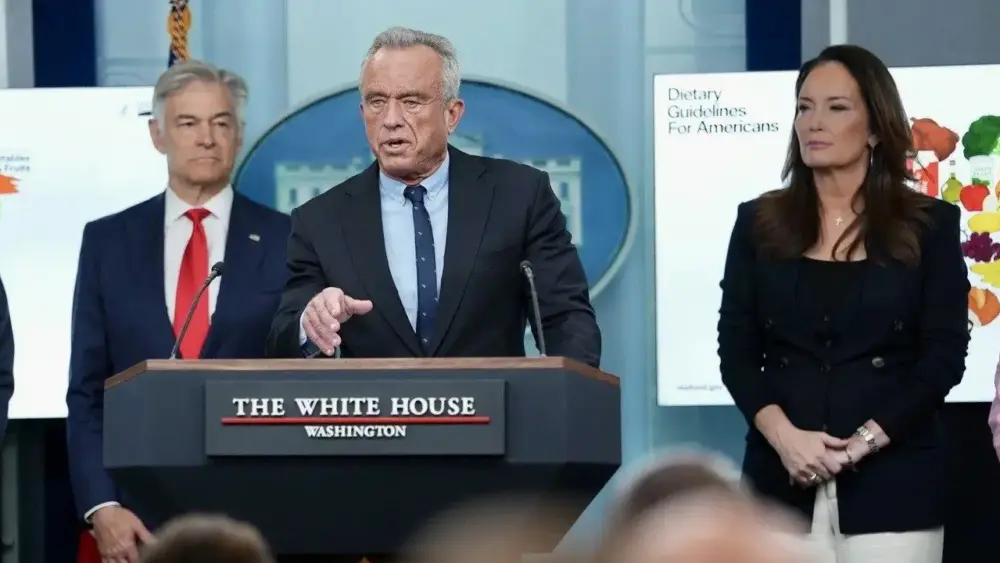
EPA has a new registration for BASF’s Engenia for the 2021 season. In previous reports, we’ve talked about some of the changes to the label and buffering technology.
This time, Trevor Kraus, technical service rep for BASF, has some advice to applicators.
“My number one recommendation for growers is take the time now and survey the areas around the fields where you’re going to have your dicamba-tolerant soybeans,” he said. “Make a plan to [learn about] the crops growing around the field that I want to spray with Engenia, what days to I think I will be available to spray it.”
Applicators might need to consider if it’s even feasible to spray some fields.
“Frankly, there’s some fields if they’re surrounded by sensitive crops, we’d never be able to spray it,” said Kraus.
Kraus emphasizes the importance of planning future dicamba applications to avoid problems in the future.
“It’s awesome technology to control the problematic weeds we have, but dicamba is very effective at low rates on some sensitive species,” he said. “If we have a sensitive crop down wind, we have to be very careful—if the wind is blowing towards a sensitive crop, we cannot spray dicamba products.”





